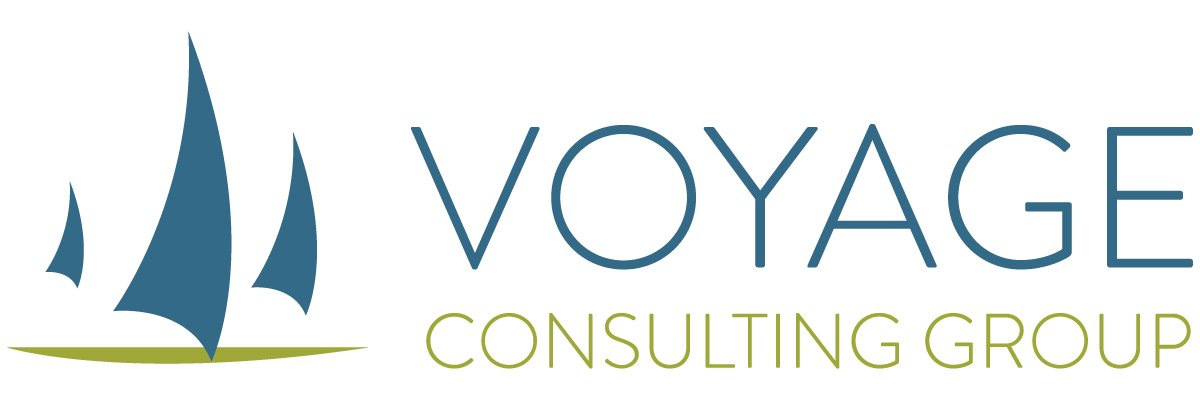
OBSERVATIONS
What AI Can’t Replace: The Value of True Human Connection
A few weeks before the roundtable, I had a LinkedIn Live conversation with Scott Holsman, President of Next Level Performers, where we discussed the same topic. Our main takeaway? No matter how much technology evolves, finding ways to connect genuinely with others remains crucial.
The Perils of Picking a CEO
Red flags were all over the field when Starbucks hired Laxman Narasimhan as CEO in 2023, so it was not a big surprise when there were challenges during his tenure, and his time there ended after just sixteen months. The five red flags below could happen to any company, and they are shared to help others avoid the same outcomes Starbucks and its employees and customers experienced.


